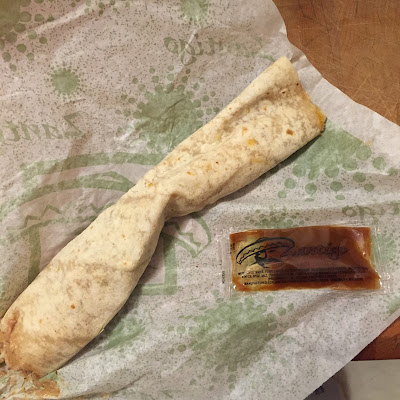A Rebuttal: Defending My Beloved
Quickly, before we proceed, allow me to put forth this little ditty: Swedish food is NOT CONSISTENTLY WHITE AND BLAND, AND SOME PEOPLE LOVE LUTFISK.
A few weeks ago I was contacted by a student reporter with University of Minnesota's Radio K who asked if I'd be interested in talking to him about Swedish foodways. Always a cheerleader for my favorite cuisine, I accepted his invitation and spoke at length about typical characteristics of Scandinavian and specifically Swedish foods.
Many Minnesotans suffer from a belief that what our grandparents ate for Christmas Eve every year is the summation of everyday plates across Scandinavia. Admittedly there are some foodstuffs that outsiders (and insiders) might consider to be strange. Fermented Baltic herring (surstrӧmming) is packed in a can that must be opened under running water due to the gases that escape. As in America, the aforementioned lutfisk is generally enjoyed by older folks during the holidays; if prepared well the gelatinous lye soaked cod brings to mind flaky lake walleye or whitefish.
Historically, Swedish foods emphasized regional and seasonal ingredients such as seafood, fish, wild berries and mushrooms, dairy, pork, poultry, game, reindeer, barley and rye, a variety of root vegetables and later potatoes. Centuries of trade early introduced aromatics like cardamom, caraway, anise, allspice, nutmeg, citrus, almond, saffron, and ginger to the mild, delicate herbs (think dill and parsley) that anchor Swedish flavors. A short growing season and long winter meant that pickling and curing rose to artistic heights, while baked goodies and coffee ensured a sweet ending to meals.
Today, Swedish foodways are influenced by French technique, travel, wealth, politics, and immigration. The cuisine is dynamic, beautiful, healthy, and here in Minnesota often dreadfully misunderstood. During my interview with Radio K we barely touched on the many Midwestern food traditions that can be traced back to Scandinavian immigrants. From fika (afternoon breaks of coffee and a baked treat) to gravlax (the cold cured salmon is a menu darling across the Twin Cities), from spritz cookies to Dairy cooperatives; these traditions are woven into mainstream customs and no longer attributed to the Scandinavians who created them.
And what about modern trends?! Tubed food, salted licorice, icy aquavit, Princess cake... Swedish innovation brings us more than IKEA's prefab meatballs and furniture. With her current two-year reign as the World's Best Restaurant, Denmark's Noma cannot be dismissed as decaying (listen to link below). CNN gave Modern Scandinavian Cuisine a place in their Top Ten Food and Drink Trends for 2011, calling it "a clean pure style of cuisine." Quite a cuisinal coup!
I enjoyed the Radio K interview. It was fun to talk about my beloved cuisine. The resulting piece is very funny and entertaining, but not completely accurate... Give it a listen (use link below and connect to Culture Queue 5-1-11). Then, queue up your Best of ABBA and come dine with me.


Comments